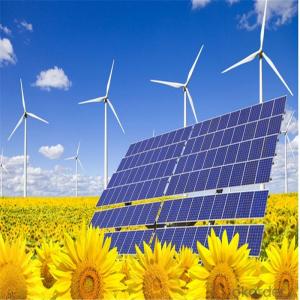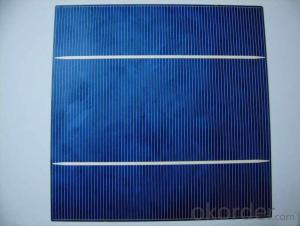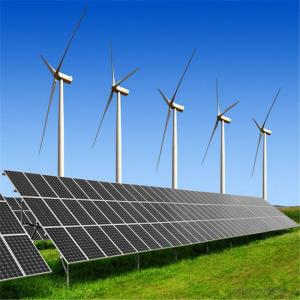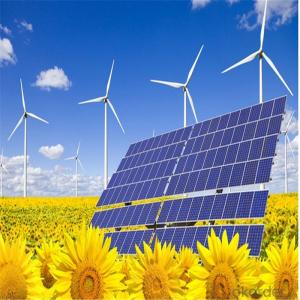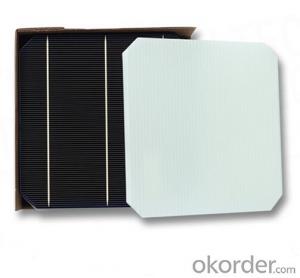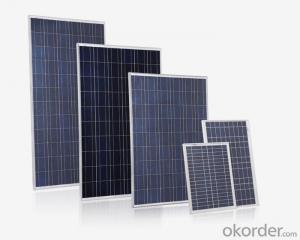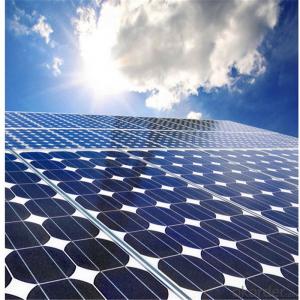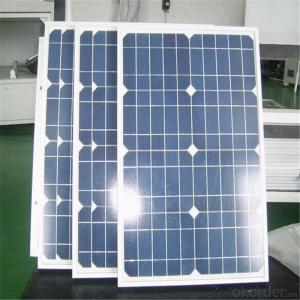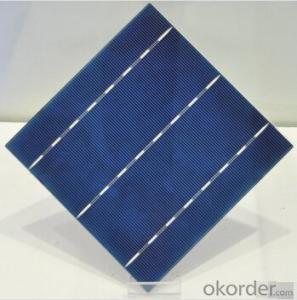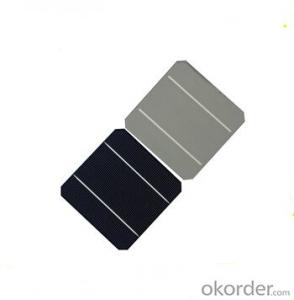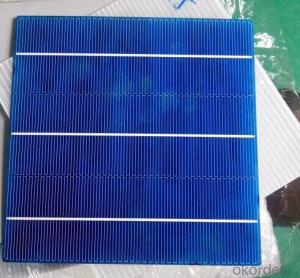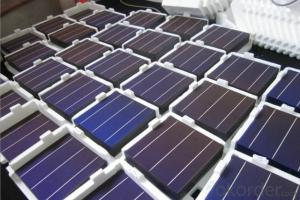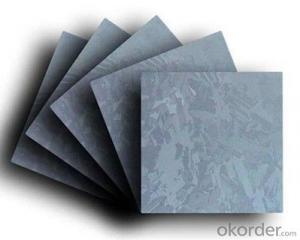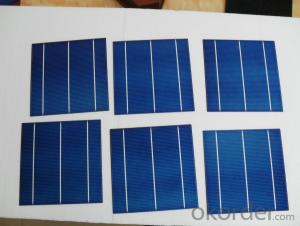Cheapest Solar Cells Per Watt
Cheapest Solar Cells Per Watt Related Searches
300 Watt Solar Power Inverter Solar 500 Watt Power Inverter Solar 1000 Watt Power Inverter 2000 Watt Solar Power Inverter Solar Power Inverter 6000 Watt 5000 Watt Solar Power Inverter Solar 3000 Watt Power Inverter 1500 Watt Solar Power Inverter Solar Power Inverter 4000 Watt Solar Photovoltaic InverterHot Searches
Cheap Solar Cells For Sale Flexible Solar Cells For Sale Q Cells Solar Panels For Sale Printed Solar Cells For Sale Bulk Solar Cells For Sale 6x6 Solar Cells For Sale Broken Solar Cells For Sale Cpv Solar Cells For Sale Photoelectric Cells For Sale Price Of Silicon Solar Cells Price Of Solar Cells Over Time Buy Solar Cells From China Cheap Solar Cells China Best Type Of Solar Cells Flexible Solar Cells Price Q Cells Solar Panels Price 3 Types Of Solar Cells Production Of Solar Cells Common Types Of Solar Cells Q Cells Solar Panel PricesCheapest Solar Cells Per Watt Supplier & Manufacturer from China
Okorder.com is a professional Cheapest Solar Cells Per Watt supplier & manufacturer, offers integrated one-stop services including real-time quoting and online cargo tracking. We are funded by CNBM Group, a Fortune 500 enterprise and the largest Cheapest Solar Cells Per Watt firm in China.Hot Products
FAQ
- One of the main challenges in recycling solar silicon wafers is the complexity of the process. The wafers contain various materials, such as silicon, metals, and glass, which need to be separated and processed separately. Additionally, the high degree of purity required in the production of solar wafers makes it difficult to efficiently recover and reuse the materials. Another challenge is the cost-effectiveness of recycling, as it can be more expensive than producing new wafers from virgin materials. Finally, the lack of standardized recycling methods and infrastructure poses a challenge in establishing efficient recycling practices for solar silicon wafers.
- Yes, there are safety concerns associated with handling solar silicon wafers. These wafers are extremely fragile and can easily break, leading to potential injuries from sharp edges. Additionally, they are typically coated with hazardous chemicals, such as photoresist, which can be harmful if inhaled or ingested. Proper protective gear, such as gloves, goggles, and a lab coat, should be worn while handling these wafers to minimize the risk of accidents or exposure to hazardous substances.
- The typical payback period for a solar silicon wafer installation can vary depending on several factors such as the initial investment, location, energy consumption, and government incentives. On average, it can range from 5 to 10 years, but in some cases, it can be shorter or longer.
- Solar silicon wafers contribute to the decentralization of energy production by enabling the generation of electricity at the point of consumption. By converting sunlight into electricity, solar silicon wafers allow households, businesses, and even communities to produce their own energy on-site, reducing reliance on centralized power plants and grid infrastructure. This decentralization promotes energy independence, increases resilience, and reduces transmission losses, while also facilitating a shift towards cleaner and renewable sources of energy.
- Solar silicon wafers contribute to reducing dependence on fossil fuels by serving as the key component in solar panels, which convert sunlight into electricity. By harnessing the abundant and renewable energy from the sun, solar panels powered by silicon wafers provide a clean and sustainable alternative to fossil fuel-based power generation. This helps to decrease the reliance on fossil fuels, reduce greenhouse gas emissions, and mitigate the negative environmental impacts associated with traditional energy sources.
- The role of doping on solar silicon wafers is to introduce impurities into the silicon material, which alters its electrical properties. This process helps create the desired p-n junctions and enables the conversion of sunlight into electricity more efficiently.
- A fill factor in a solar silicon wafer is typically measured by calculating the ratio of the maximum power output of the solar cell to the product of the open-circuit voltage and short-circuit current.
- Yes, solar silicon wafers can be used in disaster response vehicles. Solar panels equipped with silicon wafers can generate electricity from sunlight, providing a sustainable and renewable power source for various functions in disaster response vehicles, including lighting, communication systems, and charging equipment. This helps reduce reliance on traditional fuel sources and ensures continuous power supply even in remote or disrupted areas during disaster response operations.


